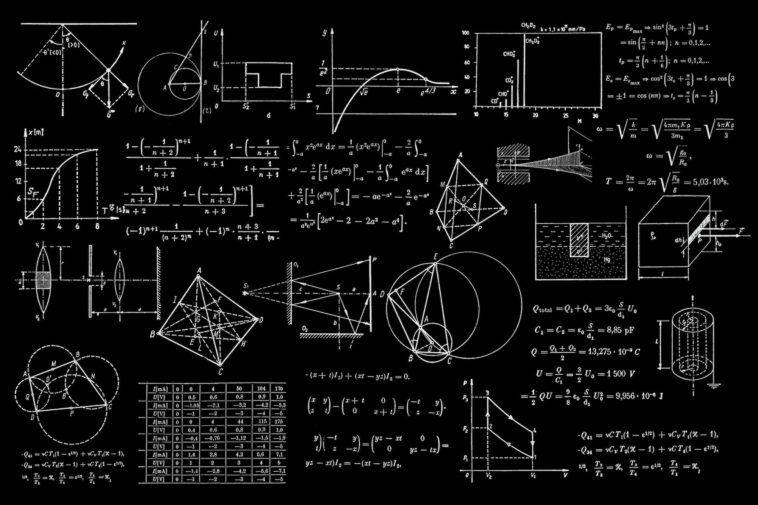In the realm of physics, the term ‘quantum’ signifies the smallest indivisible unit of any physical attribute that can participate in a reaction or interaction. The core concept underlying this is what is known as ‘quantization,’ which implies that these physical properties can adopt only a set of specific, non-continuous values. These distinct values are not arbitrary but are determined by fundamental natural laws. This concept is encapsulated in the principle termed as ‘the hypothesis of quantization.’ The term ‘quantum number’ is closely associated with this hypothesis and plays an essential role in the study of quantum mechanics.
The Hypothesis of Quantization
The idea that physical properties can be quantized is deeply rooted in the foundational principles of quantum mechanics. What this essentially means is that certain properties don’t have a continuous range of values they can take on. Rather, they can only assume a set of particular, discrete values. In a classical system, you could have a range of values, say from 1 to 10, that can include any number like 1.1, 1.2, 1.3, and so on. However, in a quantized system, the values might only be 1, 2, 3, etc., with no values in between.
Importance of Quantum Number
The quantum number is a value that is fundamental to the description and prediction of the behavior of particles in a quantum system. In essence, quantum numbers act as ‘labels’ that specify the various states particles can exist in. For example, the quantum numbers can specify the energy levels of electrons in an atom. They can be integral or half-integral numbers, and each unique set of quantum numbers describes a unique quantum state.
Examples of Quantized Entities
A prime example of a quantized entity is the energy exchange that occurs among the most basic particles of matter via intermediary particles known as bosons. Another example involves the energy interaction of photons, which are essentially particles of light. In a more layman’s understanding, you can consider quantized entities as ‘packets’ of energy that interact in very specific, quantifiable ways. These packets can’t be broken down into smaller parts and still maintain the same properties.
The Role of Bosons and Photons in Energy Transfer
Bosons are elementary particles that act as the ‘force carriers’ or mediators in the interactions between other particles. For instance, the photon is a type of boson that mediates electromagnetic interactions. These interactions could be between electrons and protons, or even between two charged particles. Bosons facilitate the exchange of specific ‘quanta’ of energy, thereby confirming the quantized nature of these interactions.
Photons, on the other hand, are quanta of light and are responsible for electromagnetic force interactions. Like bosons, they are elementary particles, and they play a vital role in the quantized exchange of energy. For instance, when light hits a solar panel, the energy from photons is transferred to the electrons in the panel, and this process is fundamentally quantized.
Implications of Quantization in Modern Technology
The principles of quantization have major implications in various technologies and sciences. For instance, the understanding of quantized energy levels of electrons has been fundamental to the development of semiconductors, which are the backbone of modern electronics. Furthermore, the phenomenon of quantization is at the heart of various cutting-edge technologies, such as quantum computing and quantum cryptography.
Conclusion
To summarize, in the scientific discipline of physics, a quantum is defined as the smallest discernible unit of any given physical quality that partakes in an interaction. The underlying principle here is the ‘hypothesis of quantization,’ which posits that such physical attributes can only adopt fixed, discrete values. This notion is intrinsically connected to the concept of ‘quantum numbers,’ which serve to label the various possible states in a quantum system. Quantization is not just a theoretical concept but finds applications in multiple technological areas, solidifying its importance in both fundamental research and practical applications.





